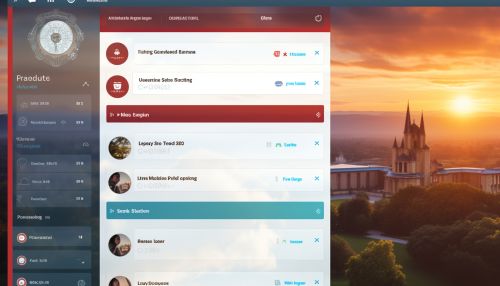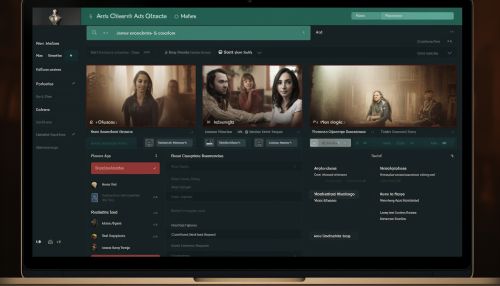Asynchronous Learning
Overview
Asynchronous learning is a student-centered teaching method widely used in online learning. Its basic premise is that learning can occur at different times, allowing for flexibility and convenience for the student. This method differs from synchronous learning, where learning occurs at the same time for the instructor and the students, often in a traditional classroom setting or in real-time online settings. Asynchronous learning is a key component in distance education and is increasingly being used in on-campus education to supplement face-to-face instruction.


History
The concept of asynchronous learning is not new. Correspondence courses, which began in the 18th century, can be considered a form of asynchronous learning. These courses allowed students to learn at their own pace, without real-time interaction with the instructor. With the advent of the internet and the proliferation of digital technologies, asynchronous learning has evolved and expanded. Today, it is a fundamental part of e-learning and online education, providing flexibility for learners and teachers alike.
Characteristics
Asynchronous learning is characterized by a number of features. These include:
- Flexibility: Asynchronous learning allows students to access course materials and complete assignments at their own pace and at a time that suits them. This flexibility can be particularly beneficial for adult learners, who often have to balance their studies with work and family commitments.
- Self-paced learning: In asynchronous learning, students have the control over the pace of their learning. They can spend more time on difficult concepts and move more quickly through areas they understand well.
- Time and location independence: Asynchronous learning can take place anytime and anywhere, as long as the learner has access to the internet. This makes it a good option for learners in different time zones or those who travel frequently.
- Use of technology: Asynchronous learning often relies heavily on technology. Common tools used in asynchronous learning include learning management systems (LMS), discussion boards, email, and digital course materials.


Advantages
Asynchronous learning offers several advantages over traditional, synchronous learning methods. These include:
- Accessibility: Asynchronous learning allows learners to access course materials at any time, making it possible for people with various schedules and time commitments to pursue education.
- Self-directed learning: Asynchronous learning encourages self-directed learning, as students are responsible for managing their own time and learning process.
- Increased participation: Asynchronous discussions can lead to increased participation, as they give students more time to reflect on their responses.
- Diversity of opinion: Asynchronous learning allows for a diversity of opinion, as students have more time to formulate their thoughts and responses.
- Reduced pressure: Asynchronous learning can reduce the pressure on students, as they can take their time to understand the material and respond to discussions.


Disadvantages
Despite its advantages, asynchronous learning also has some disadvantages. These include:
- Lack of immediate feedback: In asynchronous learning, there can be a delay in feedback from instructors and peers. This can make it difficult for students to gauge their understanding of the material.
- Isolation: Asynchronous learning can lead to feelings of isolation, as students may miss the social interaction that comes with traditional classroom learning.
- Technological issues: Asynchronous learning relies heavily on technology, which can present challenges for some students. Technical issues can hinder the learning process and cause frustration.
- Self-discipline: Asynchronous learning requires a high level of self-discipline and time management skills. Students who struggle with these skills may find asynchronous learning challenging.
Asynchronous Learning Tools
There are a variety of tools that can be used to facilitate asynchronous learning. These include:
- Learning Management Systems (LMS): LMS are software applications that allow for the administration, documentation, tracking, and delivery of educational courses. Examples of LMS include Moodle, Blackboard, and Canvas.
- Discussion Boards: Discussion boards allow for asynchronous communication between students and instructors. They can be used for class discussions, group projects, and question and answer sessions.
- Email: Email is a common tool used for communication in asynchronous learning. It allows for private communication between students and instructors.
- Digital Course Materials: Digital course materials, such as readings, videos, and podcasts, can be accessed at any time, allowing for self-paced learning.


Future of Asynchronous Learning
The future of asynchronous learning is likely to be influenced by advancements in technology and changes in the way we perceive education. With the increasing use of artificial intelligence and machine learning, there is potential for more personalized and adaptive asynchronous learning experiences. Furthermore, as society continues to recognize the value of lifelong learning, the demand for flexible, asynchronous learning opportunities is likely to increase.
